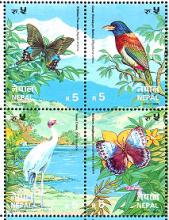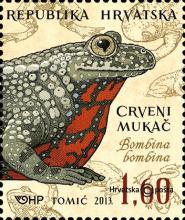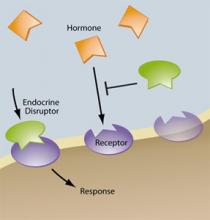Het absurde gebruik van antibiotica in de vee- en pluimveehouderij zal veel onschuldige mensen de das omdoen
Een Nieuw-Zeelandse man heeft de twijfelachtige ‘eer’ het eerste slachtoffer te zijn van het zogenaamde “post antibiotische tijdperk”. Hij overleed onlangs aan een nieuwe bacteriestam die volledig resistent is tegen alle bekende antibiotica. Volgens John Aziz van “The Week” zijn resistente bacteriën waarschijnlijk de grootste bedreiging voor de mensheid waarvoor momenteel geen oplossing in zicht is. Deze ‘superbacteriën’ kunnen zéér binnenkort verwoestende en rampzalige gevolgen hebben. Kwaadaardige bacteriën zijn de moderne geneeskunde te slim af. Misschien wel het meest verantwoordelijk voor de snelle stijging van resistentie tegen antibiotica is het wijdverbreide gebruik van antibiotica in de vee- en pluimveehouderij, welke goed is voor meer dan 80% van het totale gebruik van antibiotica. Het toedienen van antibiotica aan gezonde dieren met het doel om ze dichter opéén ter kunnen stapelen is een praktijk die al plaatsvindt sinds de jaren 1950 en is een van de oorzaken waarvoor absurde hoeveelheden antibiotica worden voorgeschreven. Het is tevens een van de belangrijkste factoren achter de superbacterie epidemie waarmee we vandaag de dag worden geconfronteerd.










